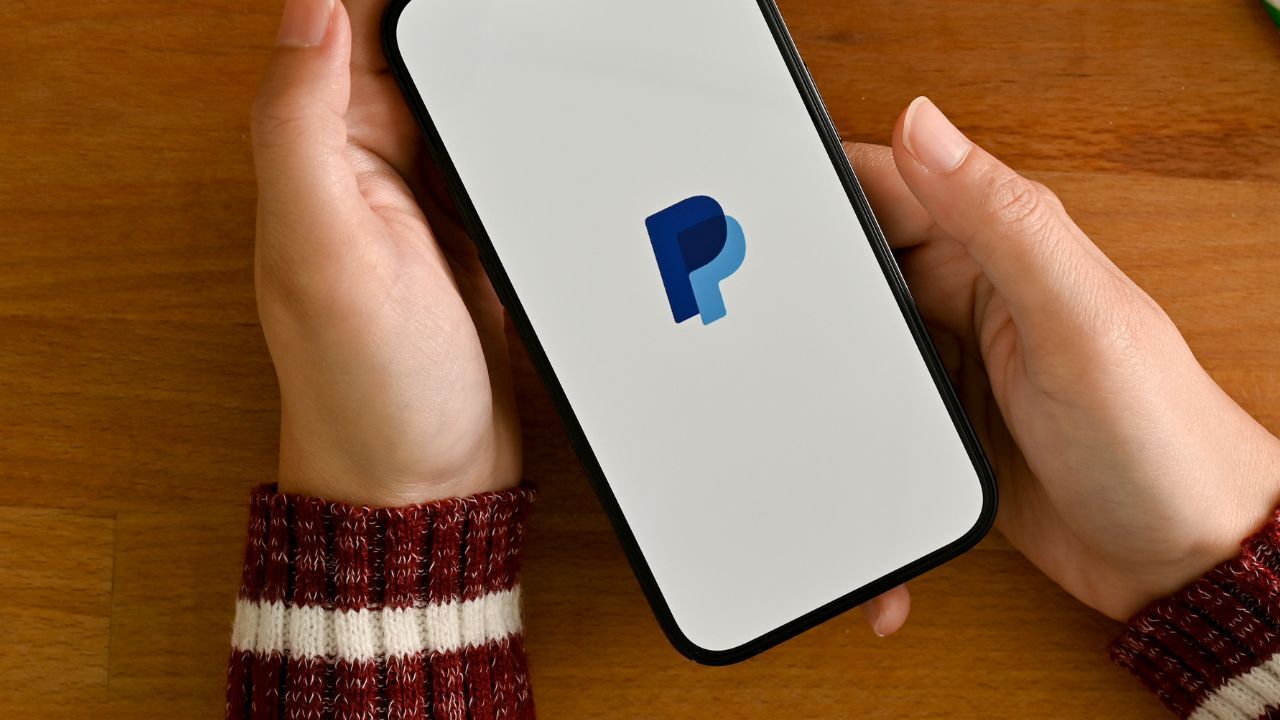 More people are earning money through freelancing, side gigs, digital work, consulting, and online sales. Because of this, it is common for income to flow through platforms like Venmo, Cash App, or PayPal instead of traditional direct deposits. While these tools make it easy to get paid, they can also affect your mortgage application in ways many buyers do not expect. Understanding how lenders view these platforms can help you prepare long before you apply for a home loan.
More people are earning money through freelancing, side gigs, digital work, consulting, and online sales. Because of this, it is common for income to flow through platforms like Venmo, Cash App, or PayPal instead of traditional direct deposits. While these tools make it easy to get paid, they can also affect your mortgage application in ways many buyers do not expect. Understanding how lenders view these platforms can help you prepare long before you apply for a home loan.
Know How Lenders View Peer-to-Peer Income
Peer-to-peer apps are convenient, but from a lender’s perspective, they are not the same as receiving income through payroll. Lenders need to confirm that your income is stable, consistent, and tied to real work or business activity. Money sent through Venmo or Cash App can look like personal transfers if there is no clear record of what the payment was for. Without documentation, it becomes harder for underwriters to use this income to qualify you for a mortgage.
Keep Your Payment History Clear and Documented
If you use peer-to-peer apps for business or gig work, keep your records organized. Label every payment clearly so lenders can understand what each deposit represents. Many apps allow you to add notes or tags to each transaction, and using these consistently can save time during underwriting. When deposits are clearly marked as business-related, it becomes easier for lenders to verify and count that income as part of your mortgage approval.
Move Your Payments Into a Business or Personal Bank Account
Lenders rely heavily on bank statements, not app histories. Even if you get paid through Venmo, Cash App, or PayPal, you should transfer that income into a bank account regularly. This creates a clean paper trail and shows consistent earning patterns. When lenders see funds appear in your account from the same types of work each month, it helps them verify your income and strengthens your application.
Understand the Need for Long-Term Income History
Lenders usually need a one-to-two-year history for self-employed or non-traditional income. Even if the money flows through peer-to-peer apps, you still need to show that you have been earning consistently over time. Tax returns, bank statements, and profit-and-loss summaries become important. The more consistent your income looks, the easier it is for lenders to include it in your qualifying amount.
Separate Personal Transfers from Income
One of the biggest challenges with peer-to-peer payment apps is that personal transfers can mix with business income. When friends pay you back for dinner, send birthday gifts, or split bills, the deposits can look the same as your actual earnings. Separating these payments helps avoid confusion. Creating a dedicated account for business-related transfers gives lenders a cleaner picture of your financial habits.
Peer-to-peer payment apps offer convenience, but they can also create confusion during a mortgage review. By keeping your records organized, transferring funds to a bank account, and establishing consistent earning patterns, you can make your mortgage application stronger and avoid unnecessary delays.

 The New Year is a natural time to pause, reset, and think intentionally about financial goals. For many buyers and homeowners, real estate and home financing are part of that plan. Whether you are considering purchasing a home, refinancing, or simply positioning yourself for future opportunities, starting the year with a clear strategy can make a meaningful difference.
The New Year is a natural time to pause, reset, and think intentionally about financial goals. For many buyers and homeowners, real estate and home financing are part of that plan. Whether you are considering purchasing a home, refinancing, or simply positioning yourself for future opportunities, starting the year with a clear strategy can make a meaningful difference.